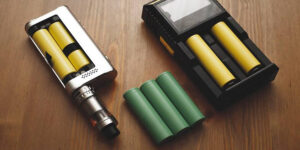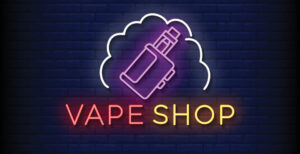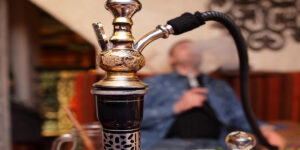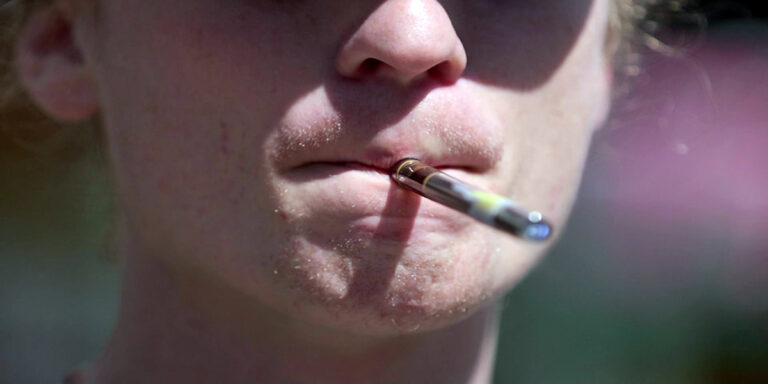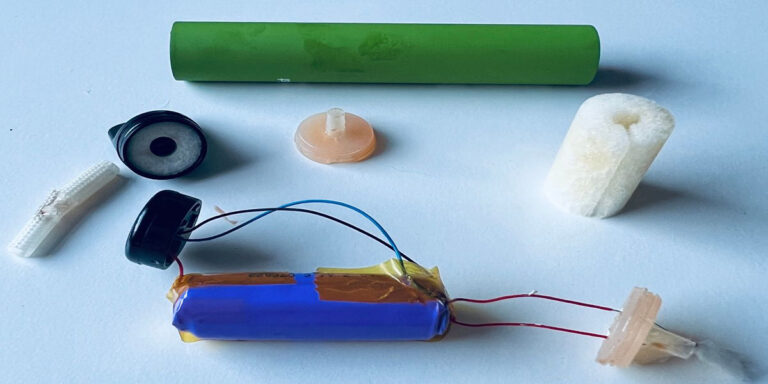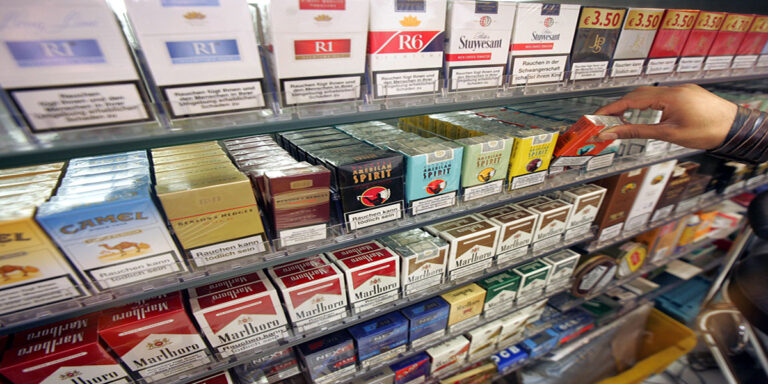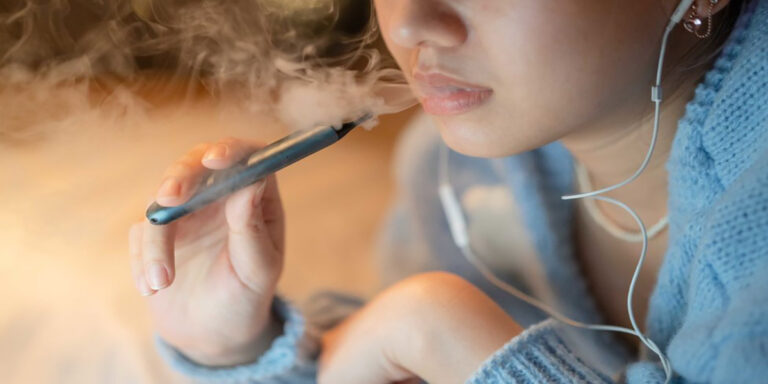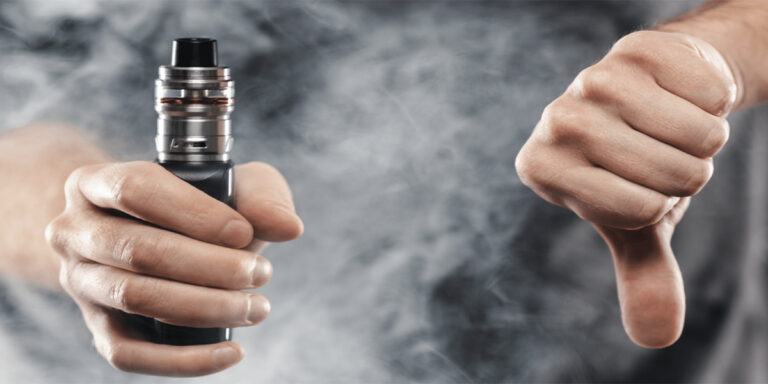Hookah, also known as narghileh, shisha, hubble-bubble, or bong, has evolved from a traditional Middle Eastern pastime to a widespread global phenomenon. Originating in the Middle East, hookah smoking has become a popular social activity, drawing in a diverse range of enthusiasts worldwide.
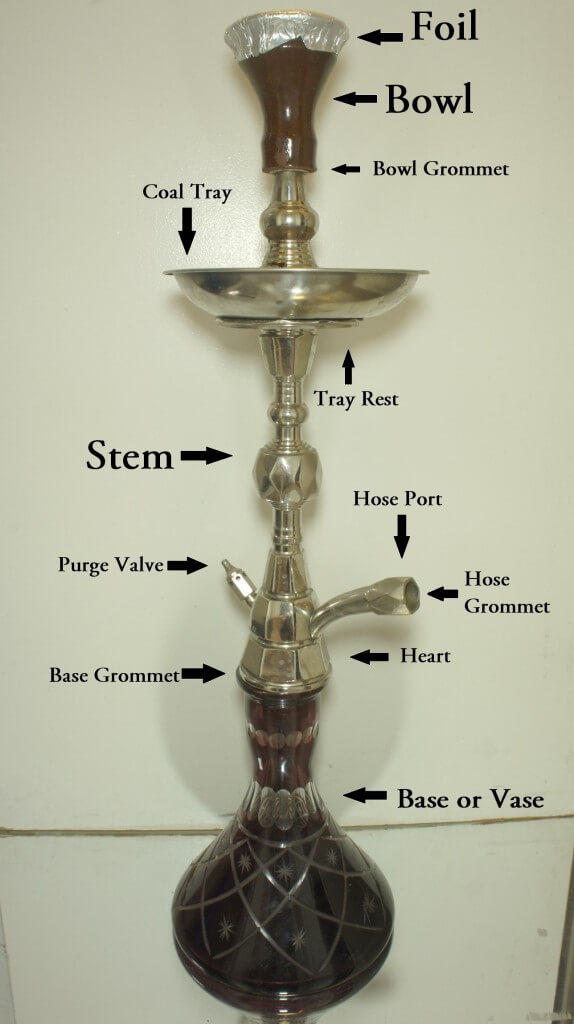
Origins and Historical Context of Hookah
The origins of hookah are shrouded in mystery, but its roots can be traced back to the Middle East in the late 19th century. Initially popular among elderly men, hookah smoking was a leisurely activity often accompanied by social gatherings. The introduction of sweetened and flavored tobacco in the early 1990s marked a turning point, leading to a surge in popularity among younger demographics and facilitating its spread across the globe.
Evolution of Hookah Flavors
Traditionally, hookah tobacco was made from unflavored tobacco leaves known as Ajami, Tumbak, or Jurak. The 1990s saw the advent of flavored tobacco, with Maassel becoming the most common variant. Maassel, a mixture of tobacco, molasses, glycerin, and fruit flavors, significantly boosted hookah’s appeal. Studies have shown that the variety of flavors available has played a crucial role in attracting new users, particularly among teenagers and women.
How Hookah Works
A hookah is a complex device designed to filter smoke through water before it is inhaled. The device consists of several parts: a bowl where the tobacco is placed, a body that connects to a water-filled base, and a hose through which the smoker inhales. When the smoker inhales through the mouthpiece, charcoal heats the tobacco, generating smoke that travels through the device and bubbles through the water. This process cools and filters the smoke before it reaches the smoker.
Electronic hookahs, or e-hookah pens, represent a modern twist on traditional hookah smoking. These devices use a liquid solution heated electronically to produce vapor, differing fundamentally from the charcoal-based heating method of traditional hookahs.
Cultural Significance of Hookah in the Middle East
In the Middle East, hookah has long been an integral part of social life. It serves as a focal point for gatherings, fostering a sense of community and shared experience. Hookah smoking is often associated with relaxation, conversation, and cultural rituals, reflecting its deep-rooted significance in Middle Eastern societies.
Global Spread of Hookah
The global spread of hookah can be attributed to various factors, including the influence of tourism and immigration. As tourists experienced hookah culture in the Middle East, they brought this practice back to their home countries. Immigrants from the Middle East also played a pivotal role by opening hookah cafes and restaurants worldwide, introducing the tradition to new audiences and facilitating its integration into diverse cultural landscapes.
Hookah in Western Cultures
In Western cultures, hookah has been adopted and adapted in various ways. Hookah bars and lounges have become popular social venues, particularly among young adults. The relaxed and communal nature of hookah smoking aligns well with contemporary social dynamics, making it a trendy and appealing activity.
The Role of Cafes and Social Spaces
Hookah cafes and lounges are central to the hookah experience. These venues provide a comfortable and social environment where people can gather to enjoy hookah smoking. The slow pace of smoking encourages extended conversations and social interaction, enhancing the overall appeal of hookah as a social activity.
Health Impacts of Hookah Smoking
Despite its popularity, hookah smoking poses significant health risks. Research indicates that hookah smoke contains numerous toxic and carcinogenic substances, comparable to or even exceeding those found in cigarette smoke. Hookah smoking is also associated with the spread of infectious diseases, particularly when shared among multiple users. The belief that water filtration makes hookah smoke safer than cigarette smoke is a common misconception, as the filtration process does not eliminate harmful toxins.
Legal Regulations and Policies
The regulatory landscape for hookah tobacco varies widely across different regions. In many high-income countries, hookah products are not subject to the same stringent controls as cigarettes. However, organizations like the World Health Organization (WHO) have issued guidelines to address the growing use of hookah. These guidelines include recommendations for health warnings, monitoring usage, and banning flavors that appeal to young people.
Market Penetration and Economic Impact
The hookah market has seen substantial growth, with significant penetration in the Middle East, Africa, and Europe. Major players like Japan Tobacco International and Al Fakher dominate the market, contributing to its economic impact. Market analysis firms project continued growth, driven by the rising popularity of hookah smoking and expanding consumer bases.
Expansion Strategies of Tobacco Companies
Historically, multinational tobacco companies showed little interest in hookah products. However, acquisitions like Japan Tobacco International’s purchase of Egypt’s Al Nakhla in 2012 marked a strategic shift. Such moves aimed to leverage hookah’s popularity to boost overall tobacco sales. Innovations like Philip Morris International’s patent for a “smokeless heated matrix device” further highlight the industry’s evolving strategies.
Hookah vs. Electronic Hookahs
Electronic hookahs, or e-hookah pens, represent a modern alternative to traditional hookah smoking. Unlike traditional hookahs that use charcoal to heat tobacco, e-hookahs use electronic heating elements to vaporize a liquid solution. This difference in heating methods has implications for health, with e-hookahs generally perceived as less harmful due to the absence of combustion-related toxins.
Consumer Perceptions and Myths
Consumer perceptions of hookah are often shaped by marketing and cultural narratives. Many users believe that hookah smoking is less harmful than cigarettes due to the water filtration process and the pleasant flavors. However, these perceptions are largely myths, as hookah smoke still contains high levels of harmful substances.
Environmental Impact of Hookah
The environmental impact of hookah smoking is a growing concern. The production and disposal of hookah charcoal, tobacco, and accessories contribute to waste and pollution. Additionally, the carbon footprint associated with hookah smoking, particularly in regions with high usage rates, poses sustainability challenges.
Impact of Social Media on Hookah Trends
Social media has played a significant role in popularizing hookah smoking among younger demographics. Platforms like Instagram and TikTok feature numerous posts and videos showcasing hookah use, often glamorizing the practice. This online visibility has contributed to the rising trend of hookah smoking, particularly among teenagers and young adults.
Case Studies of Hookah in Different Countries
Hookah smoking trends vary significantly across different countries. For example, in Lebanon, hookah is deeply ingrained in social and cultural practices. In contrast, in the United States, hookah bars have emerged as trendy social venues. Examining these variations provides insights into the diverse ways hookah is integrated into different societies.
The Future of Hookah Industry
The future of the hookah industry looks promising, with continued growth and innovation on the horizon. Emerging trends include the development of new flavors, advancements in hookah technology, and increased regulation aimed at addressing health concerns. The industry’s ability to adapt to changing consumer preferences and regulatory landscapes will be crucial to its sustained success.
Conclusion
The rise of hookah from Middle Eastern cafes to a global tobacco trend underscores its cultural significance and widespread appeal. Despite its popularity, hookah smoking poses significant health risks, and misconceptions about its safety persist. As the hookah market continues to grow, understanding its origins, cultural impact, and regulatory landscape is crucial for informed decision-making and responsible consumption.
FAQs
What is hookah?
Hookah, also known as narghileh, shisha, hubble-bubble, or bong, is a smoking device that filters smoke through water before it is inhaled. It originated in the Middle East and has become a popular social activity worldwide.
Is hookah smoking safer than cigarette smoking?
No, hookah smoking is not safer than cigarette smoking. Hookah smoke contains numerous toxic and carcinogenic substances, and the water filtration process does not eliminate these harmful toxins.
What are the health risks associated with hookah smoking?
Hookah smoking poses significant health risks, including exposure to toxic and carcinogenic substances, and the potential spread of infectious diseases when shared among multiple users.
How has hookah smoking spread globally?
Hookah smoking has spread globally through tourism, immigration, and the influence of social media. Immigrants from the Middle East have opened hookah cafes and restaurants worldwide, introducing the tradition to new audiences.
What role do flavors play in hookah’s popularity?
Flavors play a crucial role in hookah’s popularity, particularly among young people. The variety of flavors available makes hookah smoking more appealing and contributes to its widespread adoption.
Are there any regulations on hookah tobacco?
Regulations on hookah tobacco vary by region. Some countries have implemented policies to control its use, while others lack stringent regulations. Organizations like the World Health Organization have issued guidelines to address the growing use of hookah.



